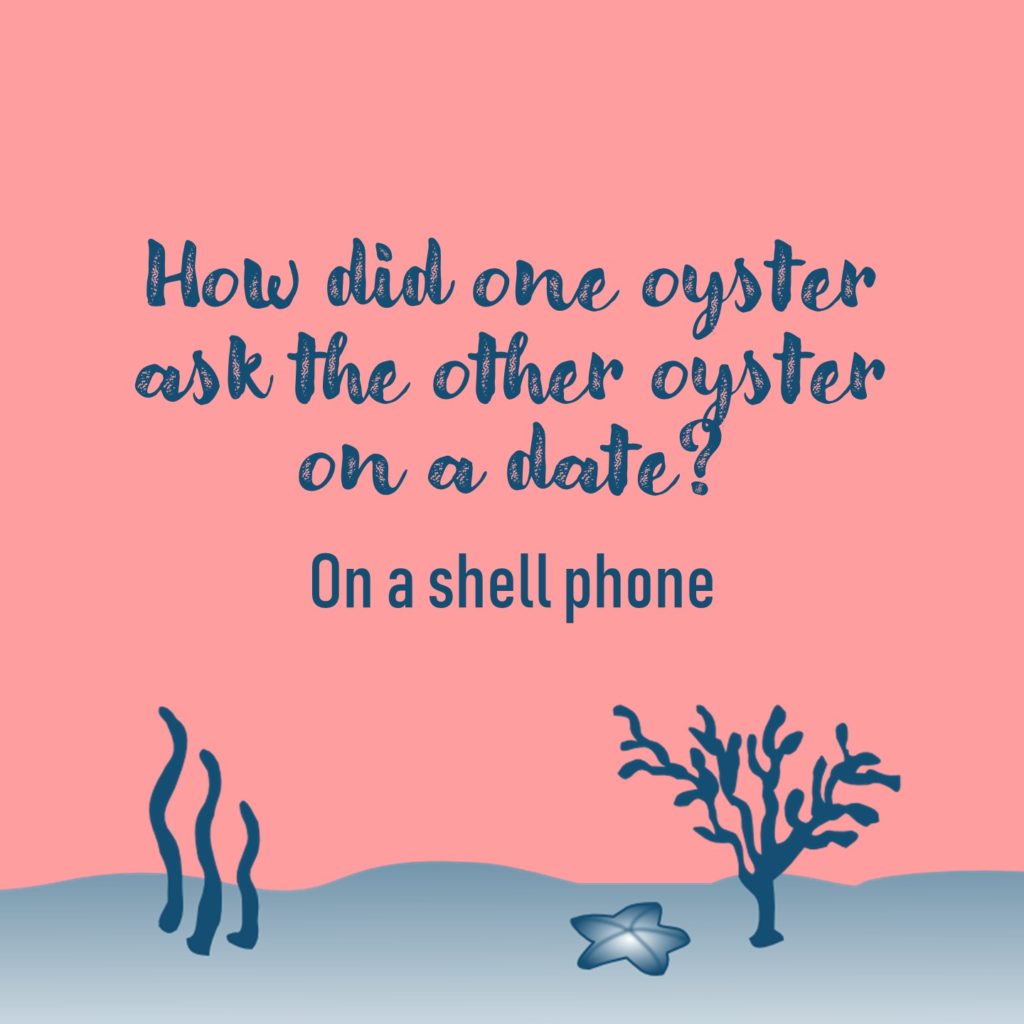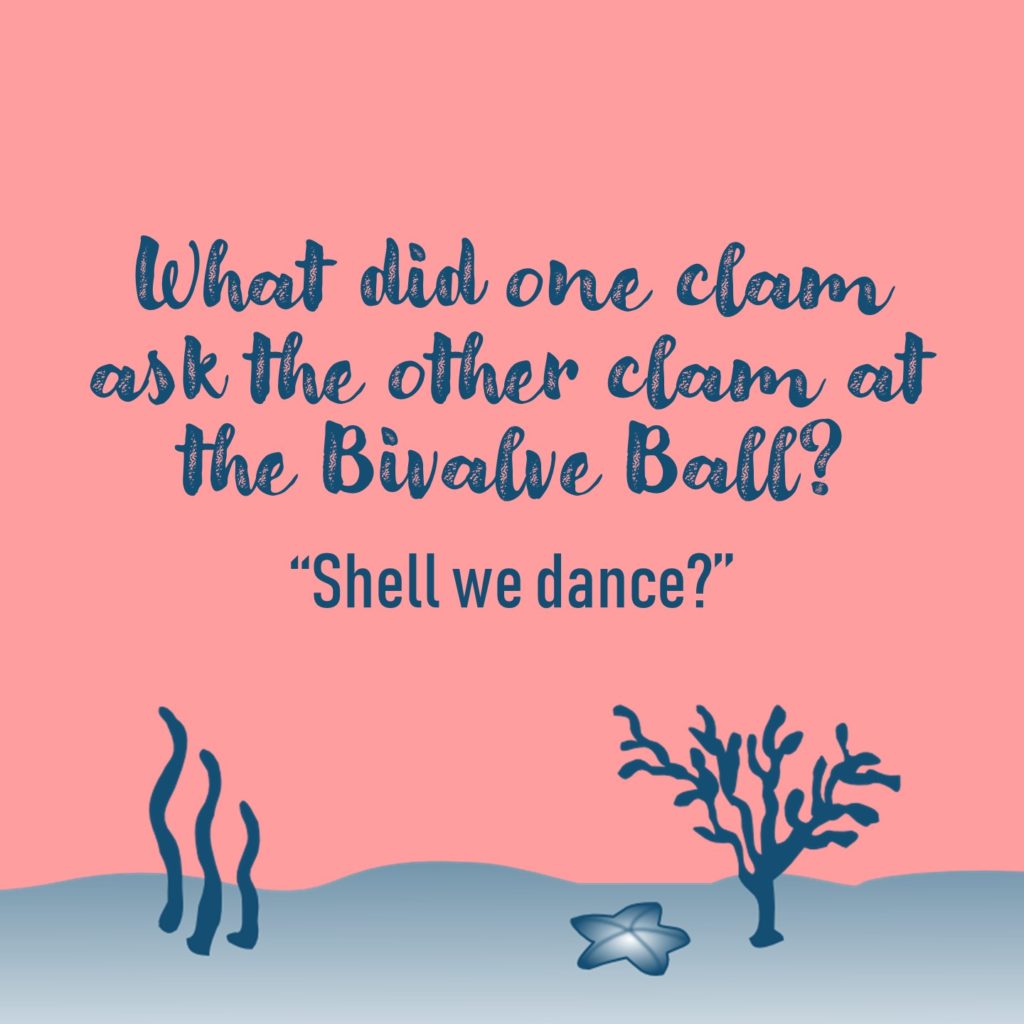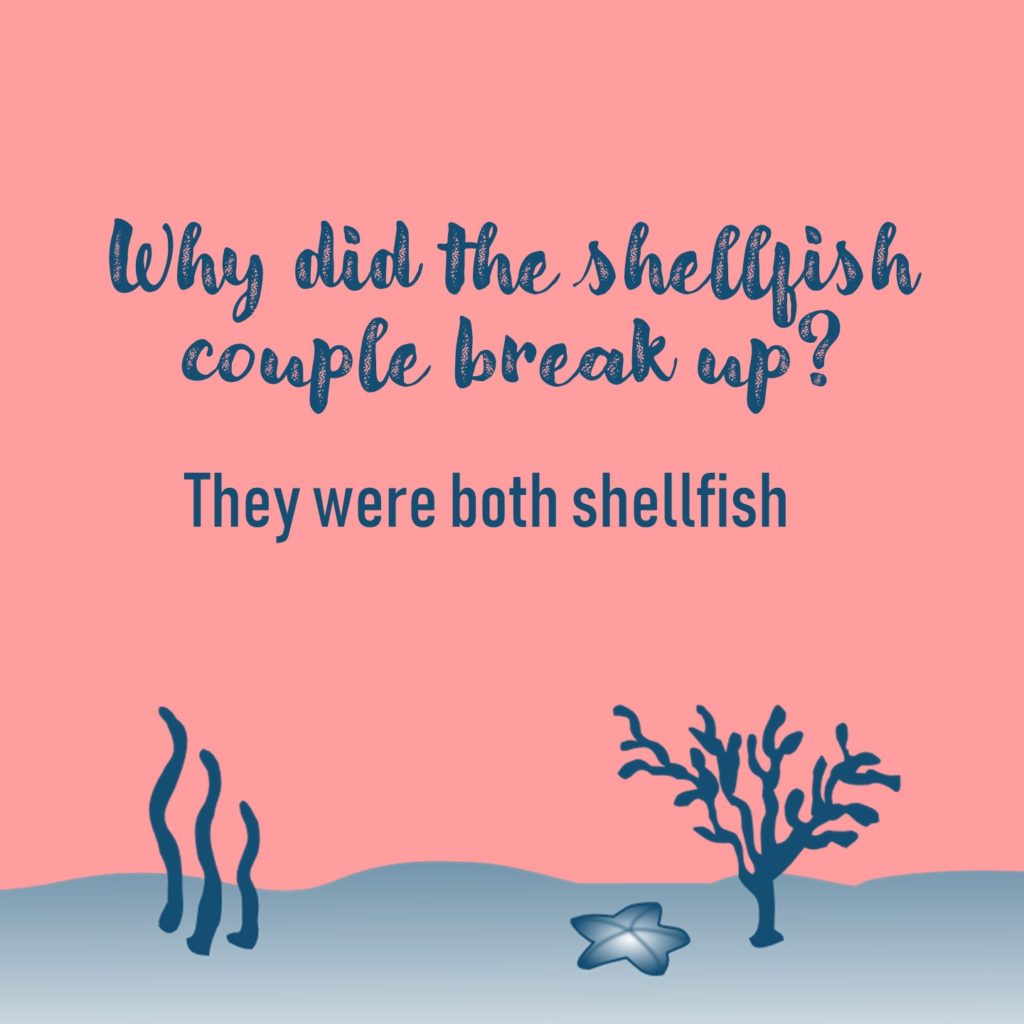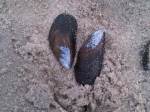Test your knowledge: What am I?
September 7, 2010 by Leave a Comment
I am a bivalve that grows in the Atlantic Ocean. I do have several species closely related to me that live in freshwater. I am very closely related to clams and oysters. I tend to grow to about 4 inches long. I live in colonies and attach to bulkheads, rope and rocks very easily. To do this I use a sticky protein, called byssus, that forms tough yellow fibers that harden in salt water. My inside is often pearly iridescent and my outside is a blueish black color. I use my gills to filter water to get food and oxygen which I need to survive. I am very tasty steamed with garlic and butter.
Here are some pictures of me:
Images (c) top: maggiesfarm.anotherdotcom.com, middle and bottom: Beach Chair Scientist.
How does an oyster make a pearl?
November 12, 2008 by Leave a Comment
Oysters are another bivalve animal. In the case of all bivalves, the part of the animal that lines the shell is known as the nacre and the part of the animal that make up the outer shell is known as the mantle. A pearl is created rather by accident when something foreign gets stuck inside the mantle, thus the nacre builds up to protect the animal. This build up is known as the pearl.
Oysters, mussels, and clams all make pearls. However, they are most often seen in oysters. My theory is that the oyster shells are typically not as uniform in shape as clams and mussels and tend to grow according to their surroundings, making it easier for foreign junk to accumulate.
What are the tiny colorful clams you find under the sand when digging?
July 23, 2008 by 8 Comments
These tiny colorful clams are commonly known as coquina clams.
Did you see them wriggle under the sand? They use a muscled foot to dig a burrow and hide from their enemies: crabs, sea stars, and snails. They can feed themselves with the muscle coming out of the other end, called a siphon. The siphon basically just sucks in the “vitamins” of the sea for the clam to grow on.
Clams grow very fast in the summer and fairly slow in the winter. You can tell the age of a clam by counting the darker rings. The softer rings are the slow growth of winter. Think how your hair grows longer and faster in the summer.
Did you know that colorful coquina clams are the sign of a healthy beach? Check the video posted here!
Do you have another great question? Email info@beachchairscientist.com and share.

















What people are saying …